Since Kamala Harris moved to the top of the Democratic ticket, it’s been assumed she would use her boss Joe Biden’s tactic for selecting a running mate ahead of the US presidential election: picking someone with completely different credentials and characteristics, to fill in the gaps in the voting base.
When Biden was running for the nomination in 2020, he pledged to select a black, female politician for his vice president nominee. When he selected Harris, he was also choosing a politician with a different (and far more progressive) political background to himself. She was ranked as one of the most left-wing senators in Washington — having held a long list of socialist-adjacent policy positions, until she didn’t. Harris was a signal to the progressive wing of the Democratic Party that their concerns over issues like healthcare and climate change would be taken seriously in a Biden administration, even if Biden’s own views fell into a more moderate camp.
Unlike the president, Harris has never formally stated a similar intent. But her selection of Minnesota governor Tim Walz might suggest she is doing the same. From rural Nebraska and having served in the National Guard, the former teacher-turned-politician is, on paper, appealing to different groups both within the party’s base and more widely swing-voters. Walz’s résumé suggests he is a candidate for the traditional left, who would put emphasis on community and security — much more so than Harris’s wing of the party might do.
But is Walz really the old-school counterbalance to Harris’s progressive politics? Walz the congressman certainly was. While serving Minnesota’s 1st district during the Obama and Trump administrations, Walz established himself as a moderate Democrat, “ranked twelfth most politically right compared to House Democrats” based on how he voted. While Walz was a critic of the Iraq war, he leaned strongly towards strong national security and acted as a big supporter of Second Amendment rights — earning him an A-level rating from the National Rifle Association.
But those are not the politics Walz took into the governor’s residence in Minnesota. Since taking up the job in 2019, the forty-first state’s governor has pivoted towards progressive politics. Walz has made a name for himself by maneuvering from gun rights to gun crackdowns and expanding free school meal programs.
Unlike his fellow VP contender Governor Josh Shapiro in Pennsylvania, Walz sticks to the hardline Democratic arguments around school choice, rejecting the idea of a voucher system which would give parents more control over where their child attends school. He also legalized cannabis in his state — possibly a credential Harris does need among her base, given her long-standing (and heavily criticized) reputation for using non-violent drug user convictions to increase the prison population of California when she was district attorney and attorney general.
Still, the Walz of the past five years looks most similar to the Harris that was running to be the Democratic presidential nominee back in 2019: both progressive, both advocating a much bigger role for the state. Walz’s shift is best summed up by perhaps his most famous endorsement leading up to Harris’s decision: from democratic-socialist and Senator Bernie Sanders, who has been calling on the vice president to select someone Walz for his ability to “understand the needs of working families.”
Walz and Vance are going to be fighting it out over the next three months on very different policy grounds
This will be the hope of the Democrats: that Walz’s background and understanding of rural communities can take the fight to Republican VP pick J.D. Vance, who has his own harrowing backstory and history of national service. But Walz and Vance are going to be fighting it out over the next three months on very different policy grounds — the former with a progressive version of working-class politics, the latter making the conservative case.
Walz doesn’t have name recognition yet. He is best known for his contribution in the past few weeks: helping the description of Trump and Vance as “weird” to go viral. His approval ratings are notably lower than Shapiro’s in Pennsylvania or Andy Beshear in Kentucky (another name that was touted to be Harris’s VP). He will be a target for how he failed to get a hold of the violent protests that broke out in Minnesota after the murder of George Floyd — describing the breakdown of law enforcement as an “abject failure.” And while Minnesota is considered a swing state, its ten electoral votes mean it is by no means the most strategic state to pick a VP candidate from.
But by picking Walz, Harris has been upfront about the kind of agenda she will bring to the White House if returned there as president after November’s election. She has not really gone for the same VP tactic as Biden. Rather — whisper it — she’s opted to do something closer to Donald Trump’s tactic: selecting a candidate who doubles down on their ideological agenda, rather than softening or bringing a more nuanced perspective to their policy plans.
Walz makes the contrast between the Democratic and Republican ticket this fall even more stark. Once again Americans are being asked to choose between two very different visions for their country: even more so than they were asked to do in 2020.
Catch up on the latest Americano podcast:
This article was originally published on The Spectator’s UK website.



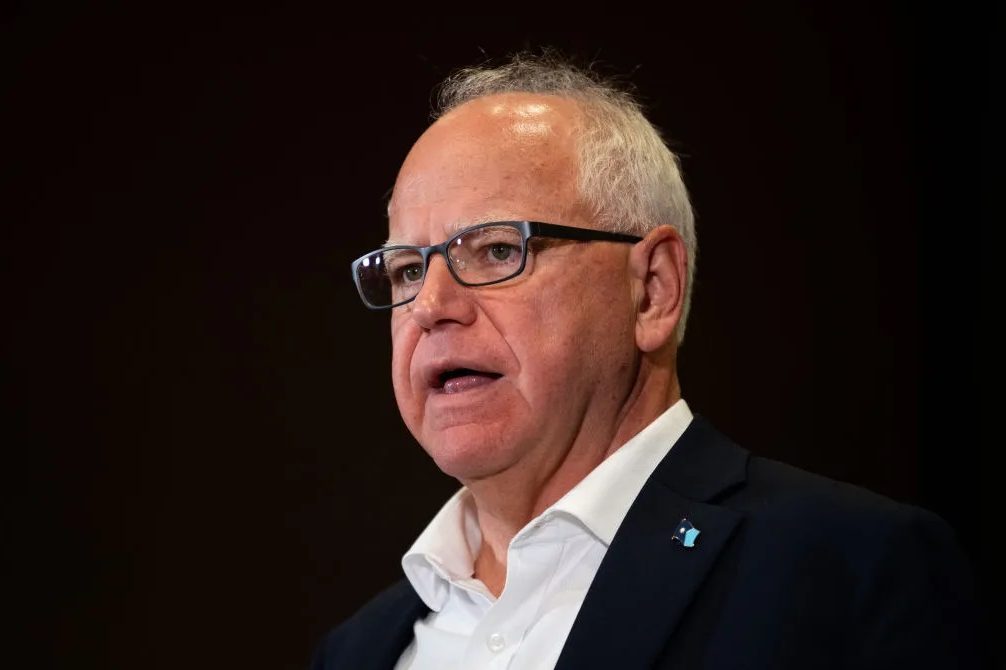









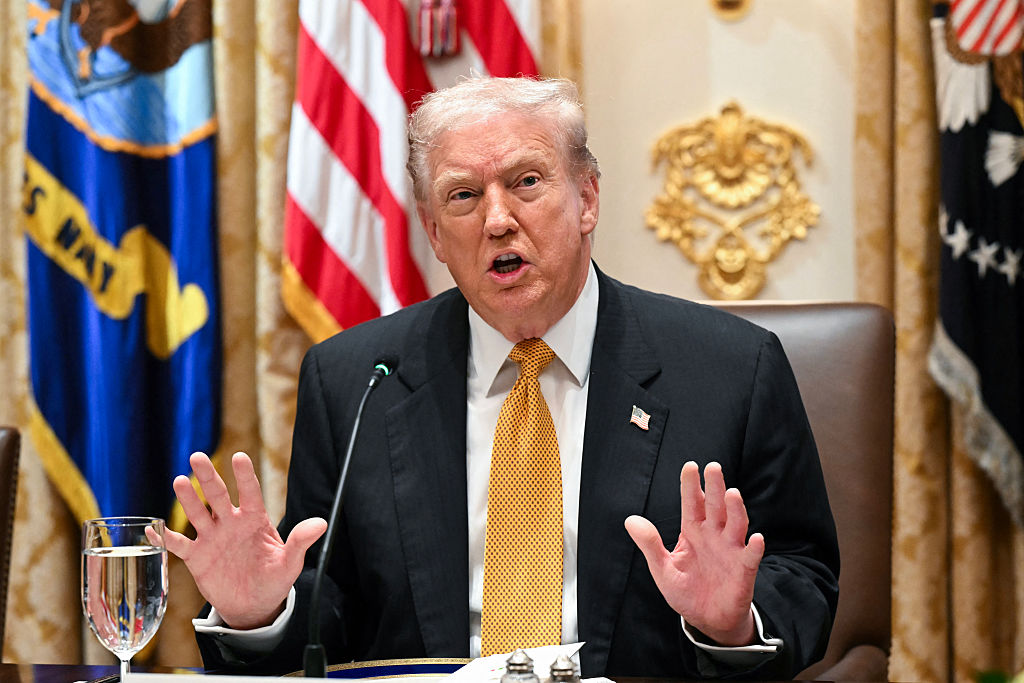


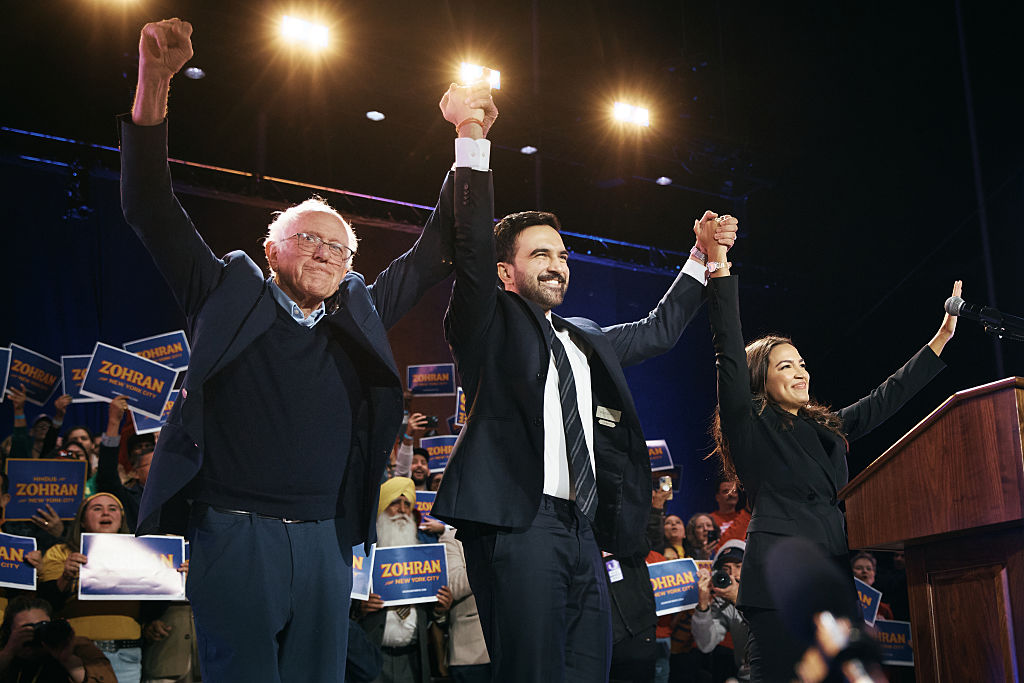
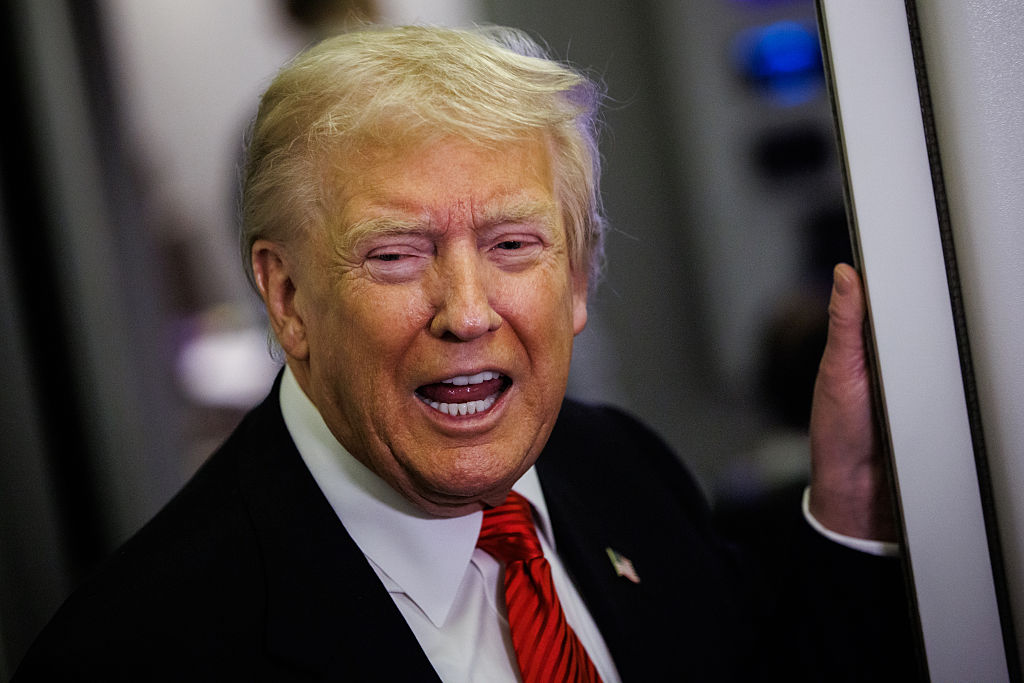
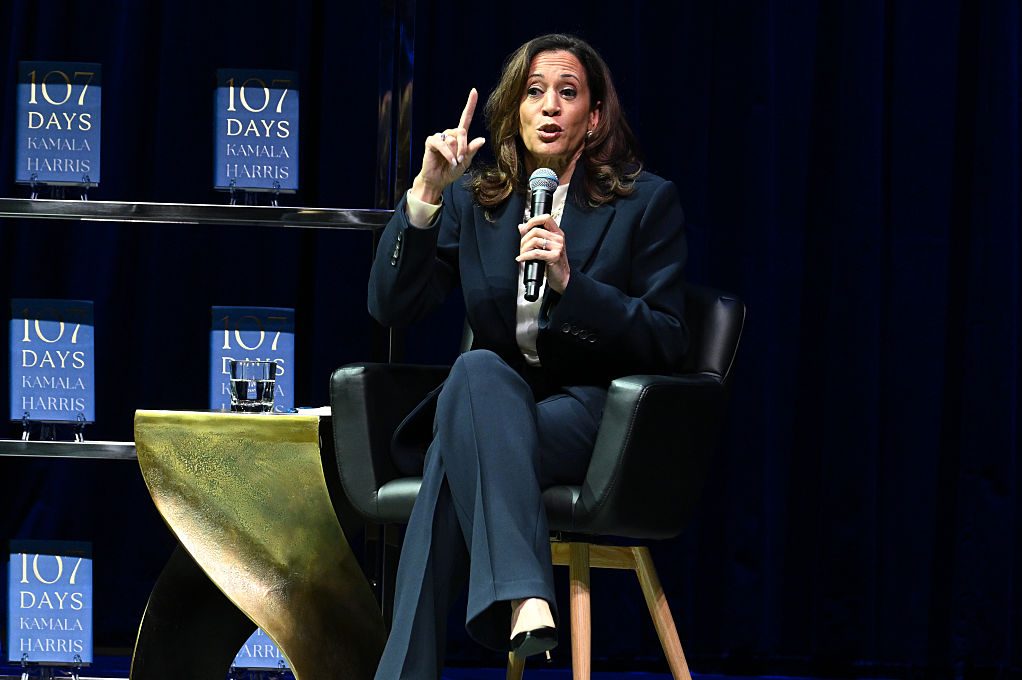







Leave a Reply